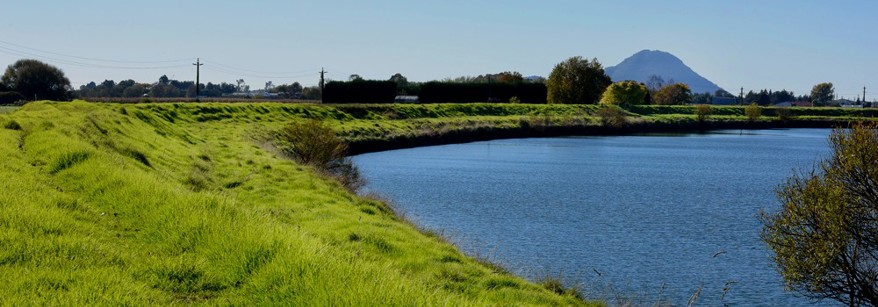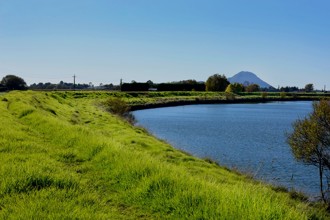Winter is here… and with it, more wet weather. This means flood defences, such as stopbanks and pump stations, need to be in good condition to continue to protect lives, livelihoods and properties.
We’re taking this opportunity to remind landowners who have a council-owned flood defence on or near their property of some dos and don’ts when it comes to keeping these key assets running smoothly.
Two important things to remember this winter:
1: Look after stopbanks
While light grazing of stock is allowed on stopbanks, overgrazing or pugging is not acceptable.
This is critical during periods of prolonged rainfall. When stopbanks become wet, stock can churn up the ground. This can create integrity risks for the stopbank through loss of grass cover.
Stopbanks need good grass cover as it helps hold together the soil structure underneath.
Loss of grass cover has been shown to be a contributing factor to stopbank failure in the past.
2: Don’t dump near or in drains
Rubbish and debris can end up blocking drains and pump stations, stopping them from working effectively.
Pumps are important for removing water out of drains as they become full, so if there was heavy rainfall and the pump wasn’t working, water levels in the drain would rise and potentially overflow, putting land and lives at risk.
Under the bylaws, Regional Council can instruct property owners to remediate any damage done to flood defences, at a cost to the landowner.
Our Rivers and Drainage team routinely monitor the condition of our flood defences. We also welcome members of the public to contact us anonymously if they see or suspect a problem.
Contact the Pollution Hotline: 0800 884 883 (24/7 service) or contact info@boprc.govt.nz.
What are the Flood Protection and Drainage Bylaws 2020?
These revised bylaws, which came into effect in 2021, provide protection from damage and misuse to flood protection and drainage infrastructure assets managed by or under the control of Regional Council.
These assets have been built to increase productivity of land, prevent damage, danger, and distress to the community from flooding, and problems associated with a lack of drainage. It’s crucial they function properly when needed.


